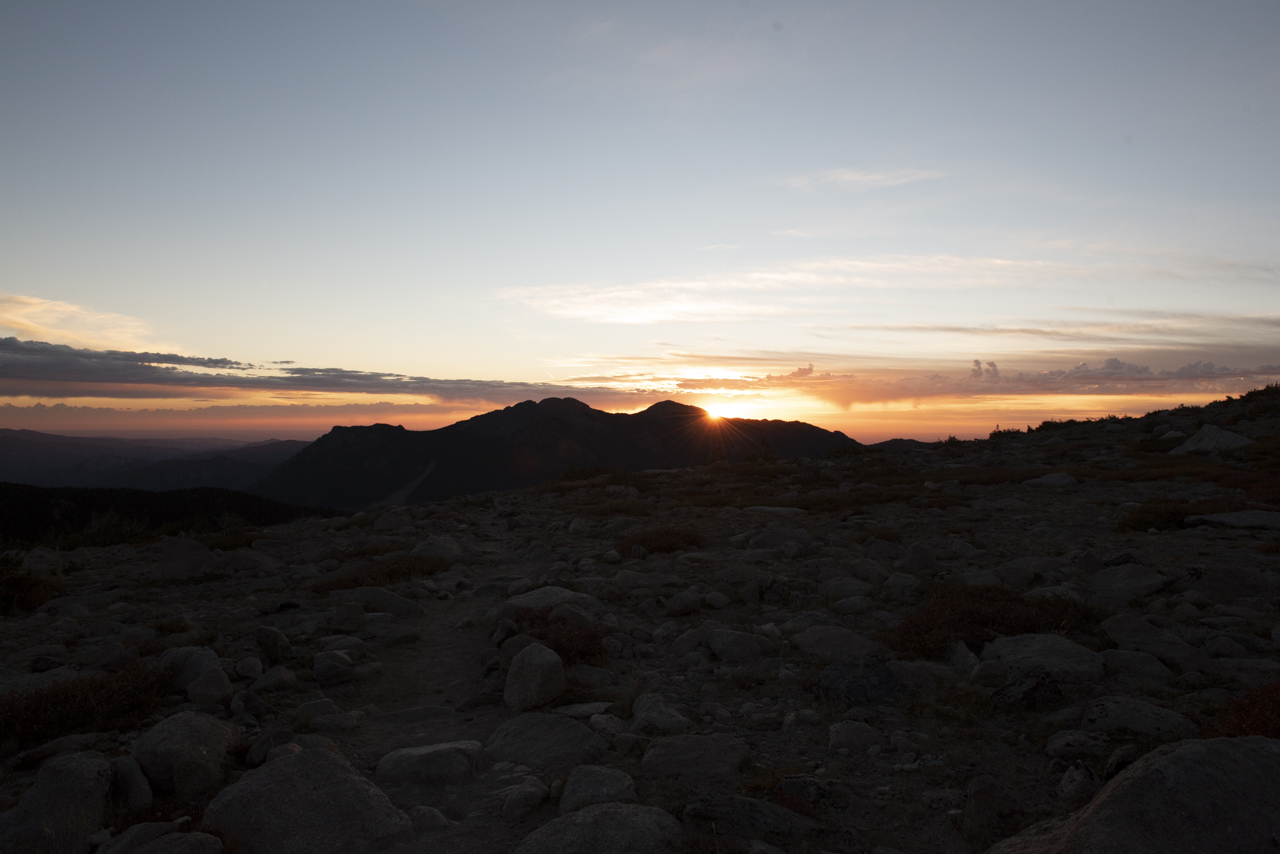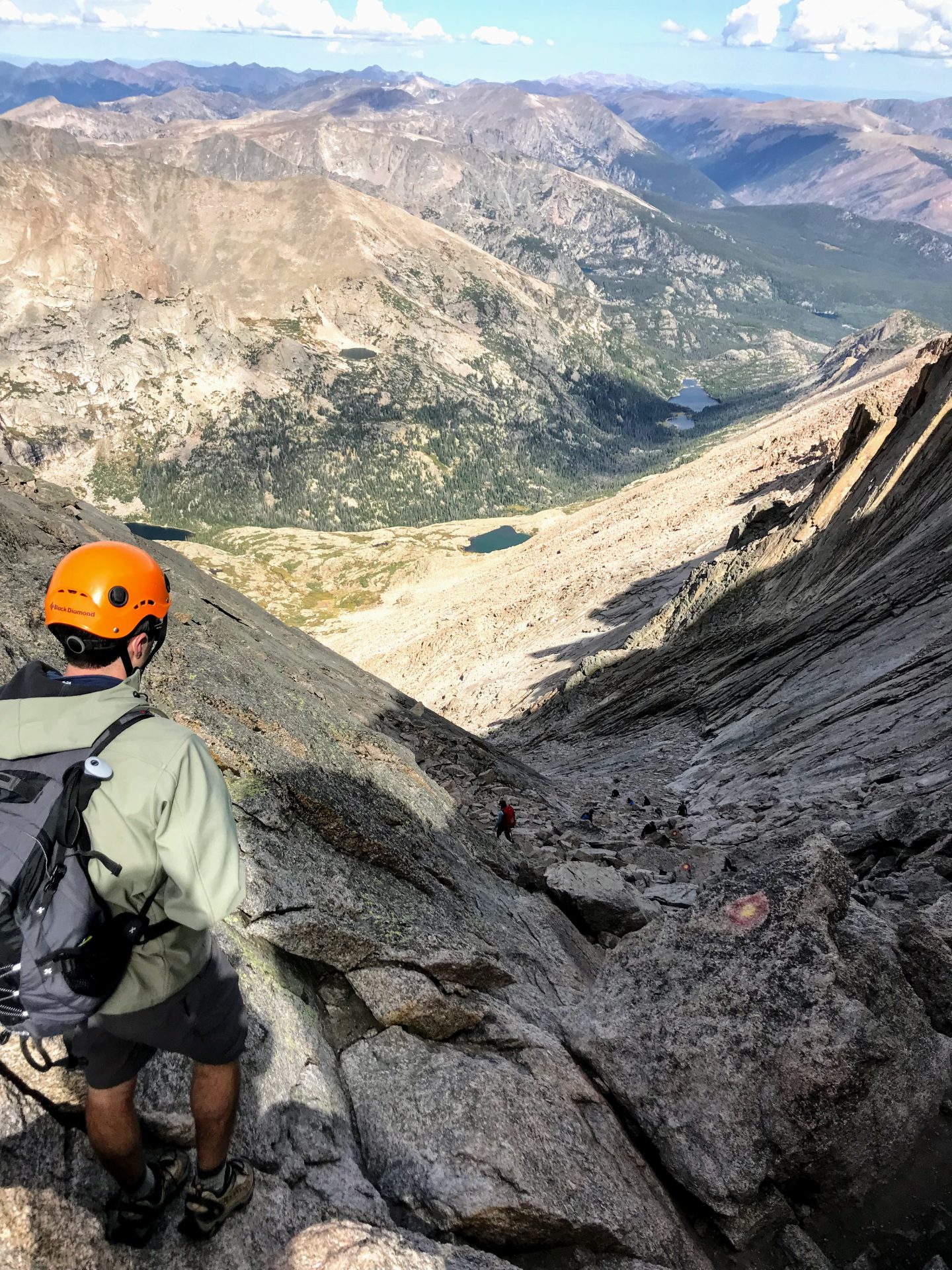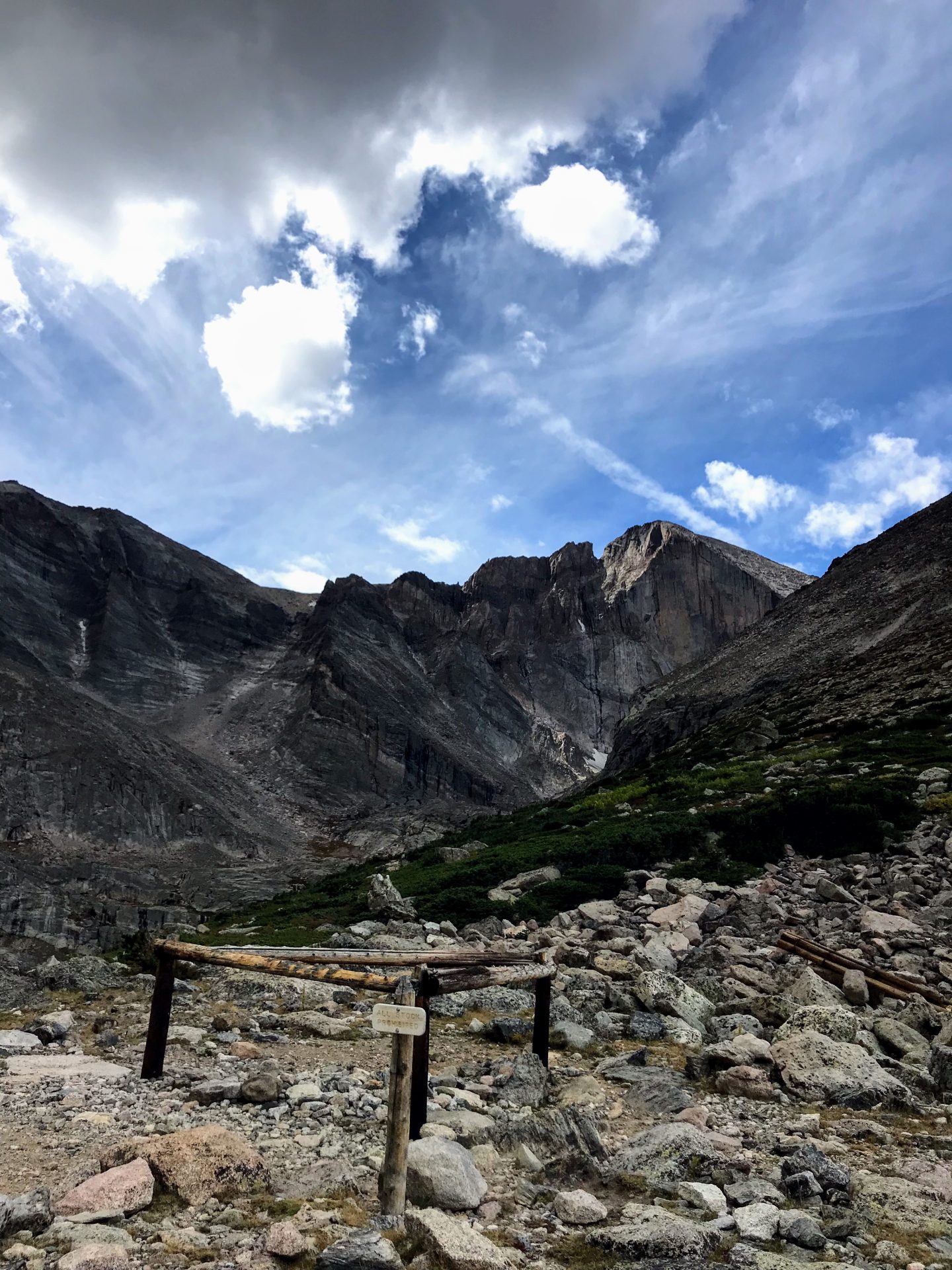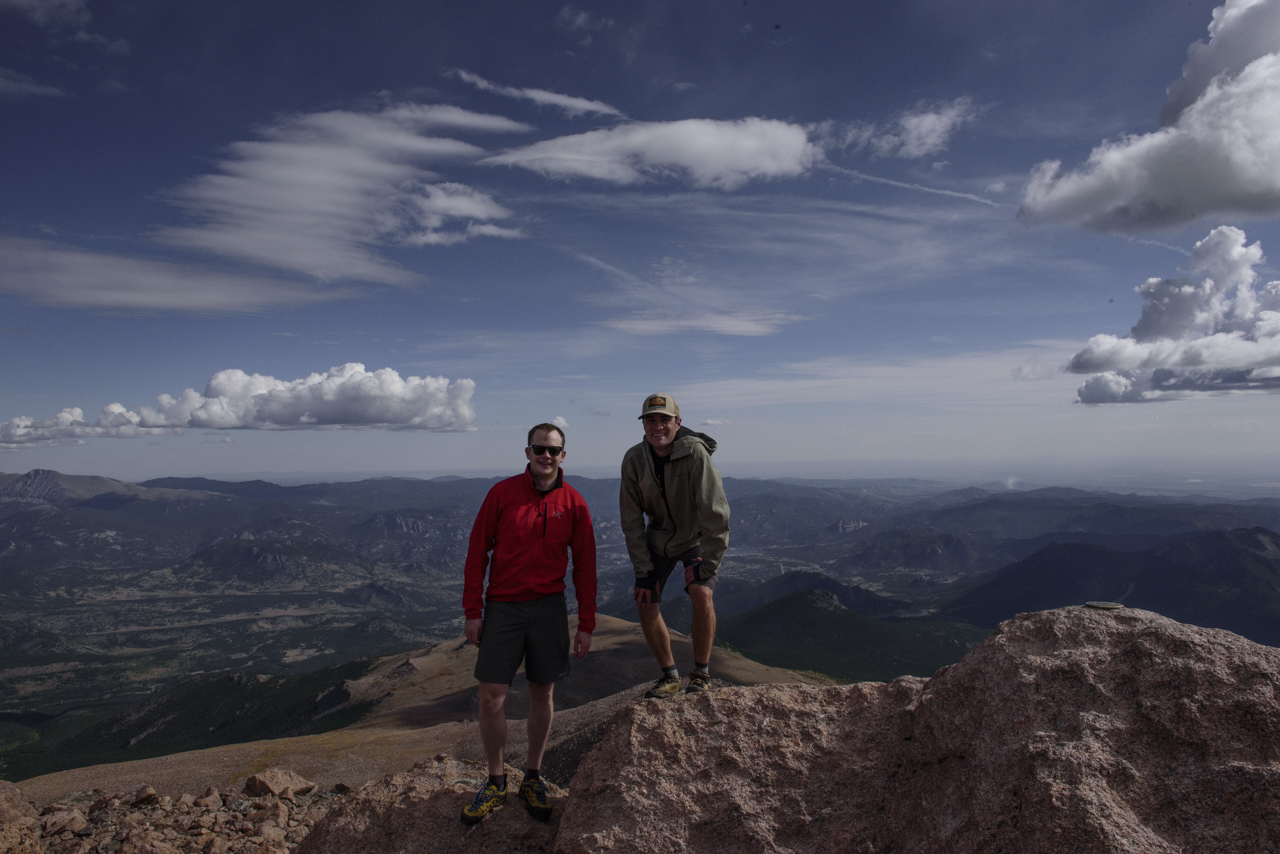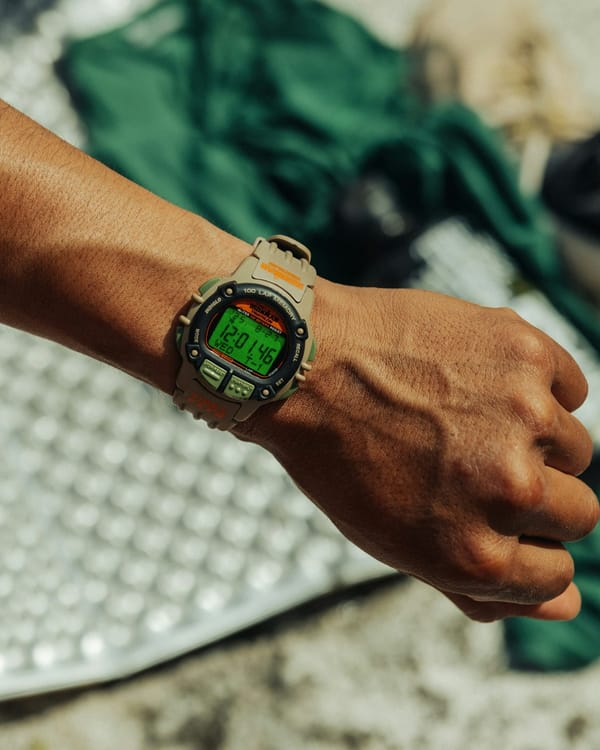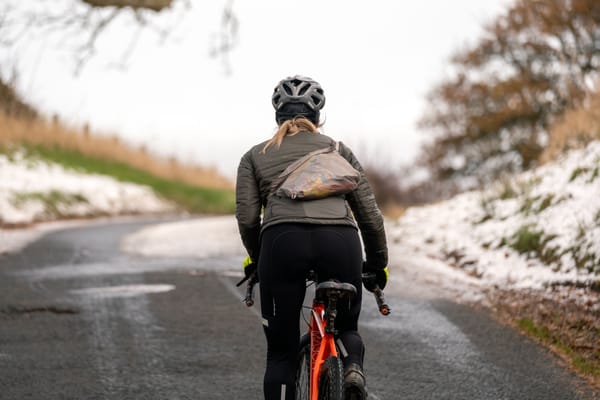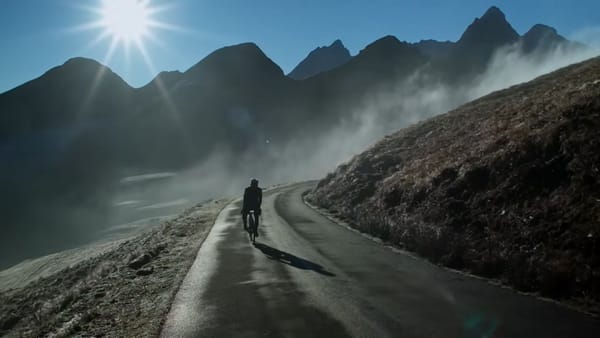A Late Summer Ascent of Longs Peak
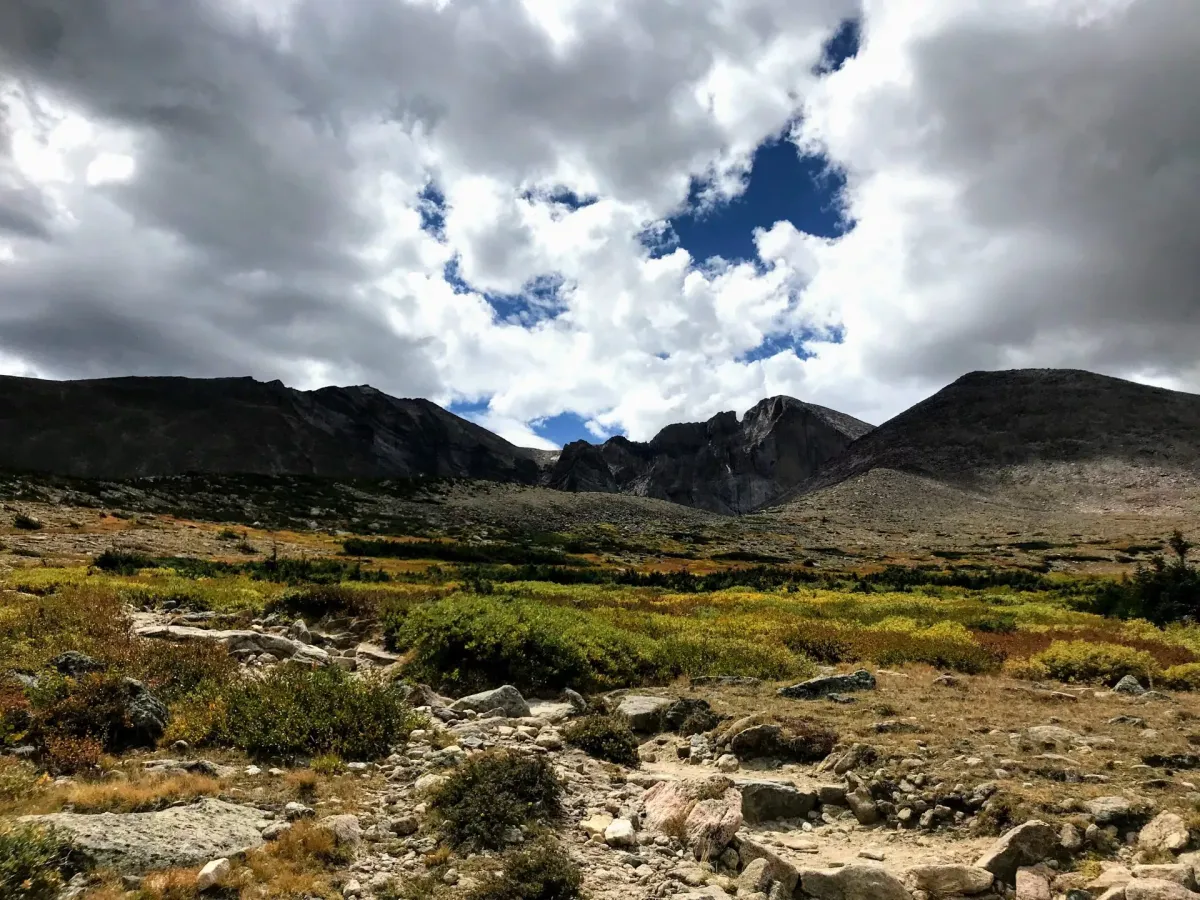
Longs Peak (NenÃisótoyóú’u to the Arapaho people) is the most prominent mountain summit in the northern Front Range of the Rocky Mountains. The 14,259-foot fourteener (28th tallest peak in the U.S.) is the highest point in the Rocky Mountain National Park Wilderness and the northmost “fourteener” in the Rocky Mountains.
I wanted to cap my summer with this climb as Longs Peak truly is one of the best adventures in the Rockies. It had been several years since I last made the trek up what may be the most coveted peak in Colorado. Many casual hikers attempt Longs every year despite the fact it is one of the toughest 14ers in the state. Longs Peak casts a siren’s song over many people who are looking to test their mettle in the mountains. Unfortunately, many hikers also end up biting off more than they can chew.
On average, 2 people die on Longs every year. In fact, the day my brother-in-law and I climbed the body of a missing climber was found and retrieved by Colorado Outdoor Recreation Search and Rescue (CORSAR).
It is not a climb to be taken lightly.
Done as a single day outing, the standard Keyhole route on Longs entails about 15 miles of hiking, 5,000 ft. of elevation gain, exposed scrambling with plenty of fall-risk potential, and a lot of difficult terrain above treeline. Much of the climbing portion of the trek is over smooth granite where storms roar in with regularity and turn the rockface into an ice rink.
Longs is a fantastic mountain, one that is a serious undertaking and which demands a boatload of grit and respect.
Packing List
So what do you need to take on Long Peak? Clothing that can withstand exposure and instantaneous weather changes, plenty of water and a good amount of food are a good start. Here’s what I brought along, all packed inside a Black Diamond Demon pack:
- Water (Camelbak bladder 100oz)
- Food (5 Science in Sport gels, 2 bars, 2 packs Kirkland trail mix, 2 packages jerky, 2 Honey Stinger waffles)
- Waterproof Shell (Arc’Teryx Alpha SV)
- Softshell (Arc’Teryx Gamma MX)
- Waterproof Pants (Patagonia Torrentshell)
- Headlamp (Petzl TIKKINA)
- Hat (ballcap and beanie)
- Leather palm glove (warm and grippy for scrambling)
- Hiking pants (wore a pair of Patagonia Nine Trails shorts all day, but it’s always a good idea to pack along some pants as well)
- Extra pair of hiking socks
- Polarized sunglasses
- Knife (Spyderco Military)
- GPS (iPhone with Alltrails map downloaded)
- Map and Compass
- First Aid/Survival kit
- TP and several ziplocs
- Sunscreen
- Climbing helmet
- Camera (I dragged along a D750 and a 24-70, I don’t recommend carrying so much camera)
- A really good pair of hiking shoes/approach shoes
The Climb
All geared up and half asleep we hit the trail. With a 4 am start, we headed out. Typically, fit climbers give themselves about 12 hours to complete the climb shooting for a peaking time of 11 at the very latest.
The beginning of the route is gorgeous, unfortunately, with an early morning start you don’t get to see a lot of it. The trail starts very pedestrianly, winding up tame switchbacks that are perfectly runnable and very well maintained. The day was perfect, and we hoped the weather would continue to hold as we climber higher.
We rose above treeline right around first light and found ourselves at the base of the boulder field just after sunrise. The base of the boulder field sits about three-quarters of the way to the peak in terms of distance. Yes, you hike 5 miles just to start the climb. In terms of climbing time, it’s about half if not less. The boulder field marks the beginning of Longs’ more technical climbing and simultaneously raises the incline several notches. Add to this new found difficulty the increasingly thin air at about 12,600 feet and things start to get real. We stopped to hammer down some calories and continued on our way.
After the boulder field, you make a quick and steep ascent to the infamous Keyhole. The Keyhole is so often spoken about that you might think it is the most difficult part of the route – but no. It does mark the turn around point for a good number of Longs’ failed attempts (only about 50% of climbers peak). Instead, the Keyhole, truly just marks the beginning of all the hairy bits.
Passing through the Keyhole to the west side of the ridge, the route becomes much more difficult, requiring a slower pace. Scrambling south along ledges you get some relief from the constant ascent thanks to some flatter sections and a 100′ descent (the joy, of which, is killed by the thought of re-climbing this section during the descent).
Near 13,300′, we entered The Trough. The Trough is a defined gully which climbs 600-feet up the east side of Longs. The Trough is a true test of mental and physical fortitude. It’s incredibly steep and covered in loose rock.
Beyond The Trough, you begin a stretch called ‘The Narrows’. The Narrows entail precariously walking on rock ledges on the edge of a 1,500-foot fall. There are spots where a simple stumble or misstep will lead to death. Simultaneously, though, the views of the bowl-like basin hidden behind the mountain are truly stunning.
The final pitch is called the Homestretch. It’s a 300-foot final assault up slick, smooth, featureless granite at an 80% grade. Find the crack and follow it to the summit. Water or ice can make this section an absolute nightmare.
Finally, we made it to the peak at about 9 am. After a series of tight ledges and narrow troughs, Longs Peak surprises you with an almost perfectly flat mountaintop that’s about the size of a football field. It’s a truly alien-looking place. We stuffed down some more food and water, snapped a few photos and prepared for the trip down.
Coming back down the technical sections was harder than going up. The force of gravity was working to push us over the edge and down the side of the cliff. I spent a lot of time with my hands on the rock and lifted myself down countless ledges, leather palm gloves are a real godsend here.

Finally, we got back to the Keyhole, down past the Boulder field and then things smoothed out for a fast descent. The trail back down was beautiful and we got to enjoy many of the sights we missed out on during our dark ascent.
From there, we met up with family for transport from the trailhead back to the cabin, filled our stomachs and headed to bed.


